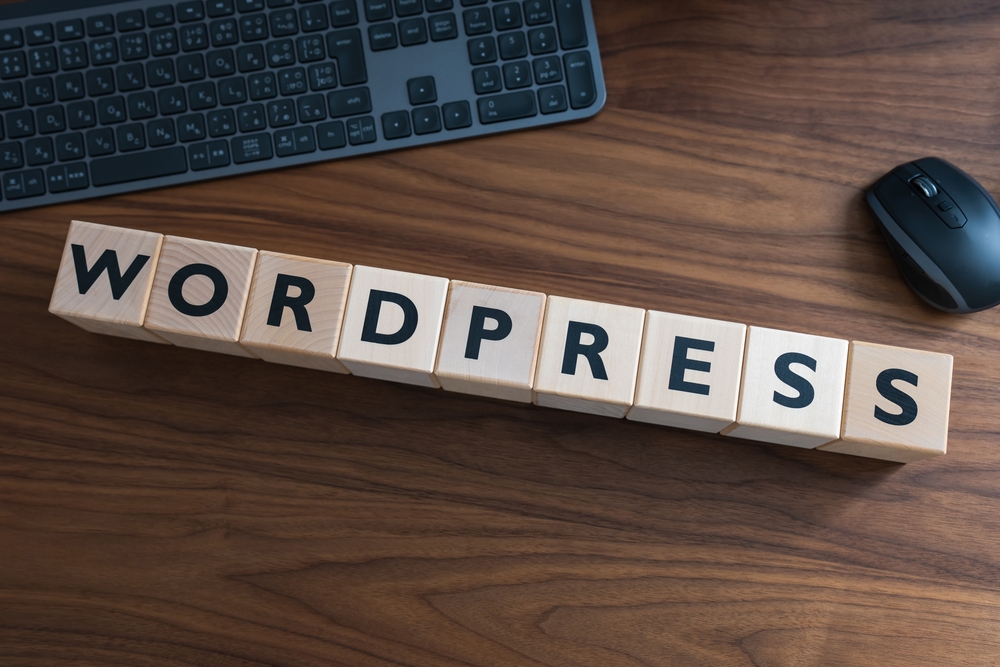
WordPress (or WP) has become the go-to platform for building and maintaining websites, thanks to its flexibility, ease of use, and vast array of customization options. Whether you are a beginner or an experienced user, there are always new tips and tricks to discover when it comes to mastering WordPress (WP) . In this article, we will share expert advice on how to customize and maintain your WordPress (the platform for bloggers) website to make it truly unique and professional.
1. Choose the Right ThemeWhen it comes to customizing your WordPress (the blogging platform) website, selecting the right theme is crucial. Your theme defines the overall look and layout of your website, so take your time to explore different options. Consider the purpose of your website, whether it's a blog, an e-commerce store, or a portfolio, and choose a theme that caters to your specific needs. Look for themes that are responsive, optimized for SEO, and regularly updated by the developers.
2. Customize Your Theme
Once you have installed a theme that suits your website's purpose, it's time to customize it to reflect your brand and personal style. WordPress offers numerous customization options, such as changing colors, fonts, and layouts through the built-in Customizer. You can also go a step further and utilize advanced customizer plugins to add unique features, create custom sidebars, or even design your own headers and footers. Experiment, but remember to keep your design clean and user-friendly.
3. Utilize Plugins Wisely
One of the biggest advantages of WordPress is its vast plugin ecosystem. Plugins can add functionality and enhance your website's performance. However, it's important to utilize them wisely. Too many plugins can slow down your website and may cause conflicts. Choose reputable plugins from trusted sources, and regularly review and update them to ensure compatibility with the latest version of WordPress. Some essential plugins to consider include an SEO plugin, a security plugin, a caching plugin, and a backup plugin.
4. Optimize Your Website for Speed
Website speed is critical for user experience and search engine rankings. Visitors tend to abandon slow-loading sites, leading to higher bounce rates and decreased conversions. To optimize your WordPress website's speed, minimize the use of heavy graphics, optimize images, utilize caching plugins, clean up your database regularly, and enable compression. Consider using a content delivery network (CDN) to serve your site's static files from servers located closer to your visitors.
5. Maintain Regular Backups and Updates
Regular backups are crucial to protect your website from data loss and potential disasters. WordPress provides various backup plugins that allow you to schedule automatic backups and store copies on remote servers or cloud storage. Additionally, keep your WordPress core, themes, and plugins up to date. Developers issue updates to fix bugs, add new features, and patch security vulnerabilities. By staying up to date, you ensure your website runs smoothly and securely.
6. Frequently Asked Questions
Q1: How can I add a contact form to my WordPress website?A1: There are several plugins available that make adding a contact form a breeze. One popular choice is "Contact Form 7," a free and easy-to-use plugin that allows you to create and manage multiple contact forms.
Q2: Can I add an online store to my WordPress website?
A2: Absolutely! With the help of plugins like WooCommerce, you can easily transform your WordPress website into a fully functional e-commerce store. WooCommerce offers a range of features, including product management, payment gateway integration, and inventory tracking.
Q3: What is a child theme, and when should I use one?
A3: A child theme is a separate theme that inherits the functionality and styling of its parent theme. It allows you to make customizations without modifying the original theme's files, ensuring that future updates don't overwrite your changes. Use a child theme when you want to make extensive modifications to your theme's appearance or functionality.
Q4: How can I improve my website's search engine optimization (SEO)?
A4: Start by installing an SEO plugin like Yoast SEO or All in One SEO Pack. These plugins provide tools to optimize your content, meta tags, and XML sitemaps. Additionally, focus on creating high-quality, keyword-rich content, optimizing your website's speed and mobile-friendliness, and building quality backlinks.
Q5: Can I change my WordPress website's permalink structure?
A5: Yes, you can customize your permalink structure to make your URLs more SEO-friendly. In your WordPress dashboard, go to Settings > Permalinks, and choose a structure that includes keywords related to your content. Remember to redirect old URLs to new ones to maintain SEO rankings.
Other useful resources
- https://www.wordpress24plus.com/wordpress-tools-directory/wordpress-themes/
- https://www.wordpress24plus.com/topics/wordpress-tips-and-tricks/
- https://www.wordpress24plus.com/wordpress-tools-directory/